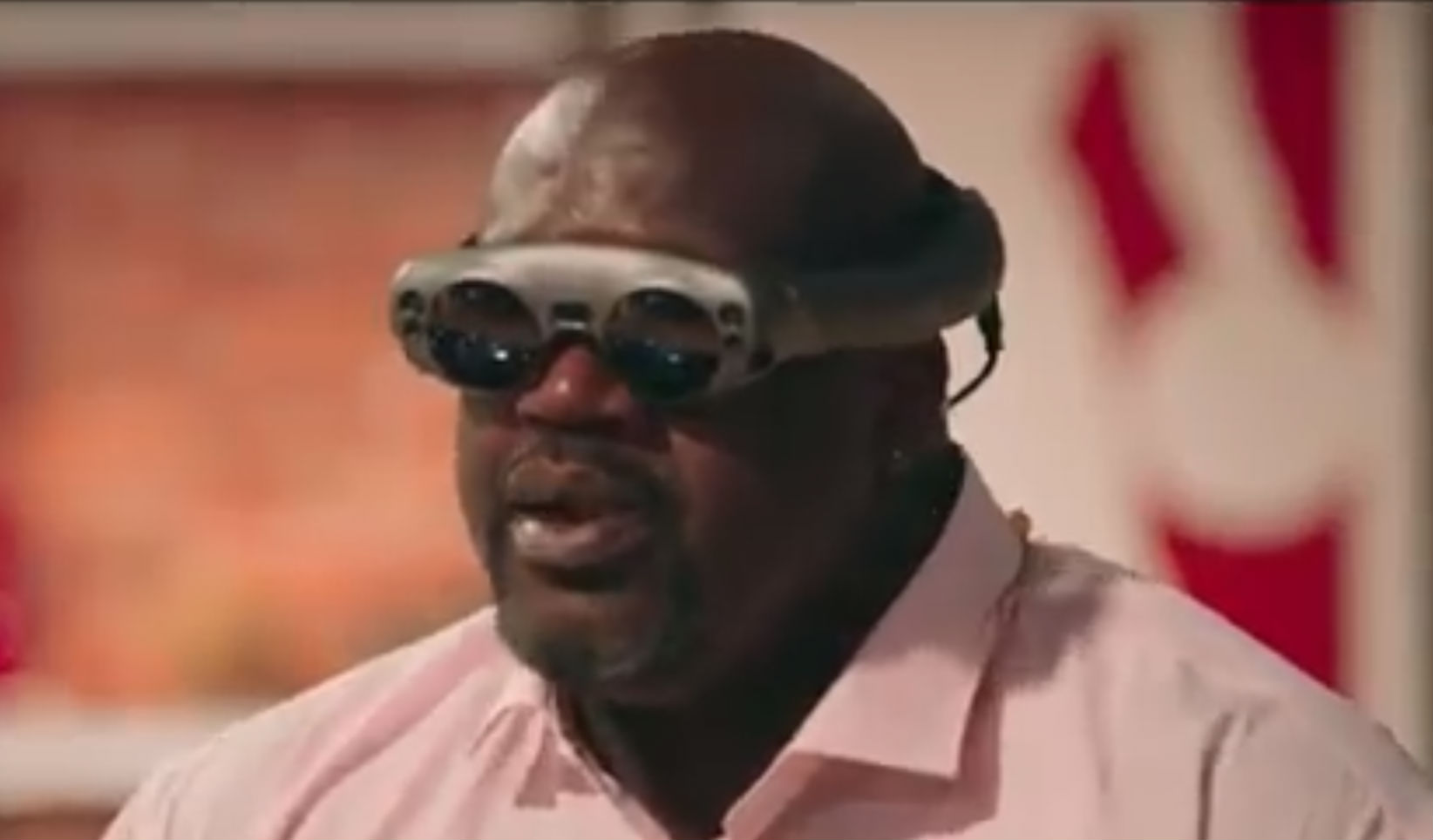While little is known about Magic Leap’s technology, the startup’s funding story is a little more public.
Google helped transform the Florida startup into a giant of the nascent AR industry in Oct. 2014. The tech giant was part of a funding round contributing more than $500 million to Magic Leap’s plan to build all parts of a society-changing AR headset.
Alibaba upped the ante in 2016, leading a $793 million round. $500 million more was added last year in a Series D round led by a Singapore-based investment group. Now, in 2018, Magic Leap is adding $461 million to this latest round with the bulk coming from the Kingdom of Saudi Arabia’s investment arm. A press release from Magic Leap notes this investment arm is “sovereign.” If you add in $50 million representing the startup’s earliest funding, you have a company led by CEO Rony Abovitz that’s taken around $2.3 billion in funding in an attempt to realize a profound paradigm shift in personal computing.
There are no signs the company is anywhere near done fundraising because Magic Leap’s quest means engineering fundamental new display and sensing technologies for AR that theoretically solve issues like eye strain which plague current VR headsets. The company plans to release the Magic Leap One Creator Edition this year, featuring a hand-held controller for interaction and a processor battery pack you might keep attached to your clothing that’s wired to the glasses.
Magic Leap is trying to set expectations with this “Creator Edition” headset, but the price of the system remains unknown as is how much money it will take to move the system into more stylish, integrated and broadly affordable form factors. Magic Leap has shown a few journalists portions of its technology, but many of the people who have seen the state of the company’s technology are blocked from talking about it by non-disclosure agreements.































